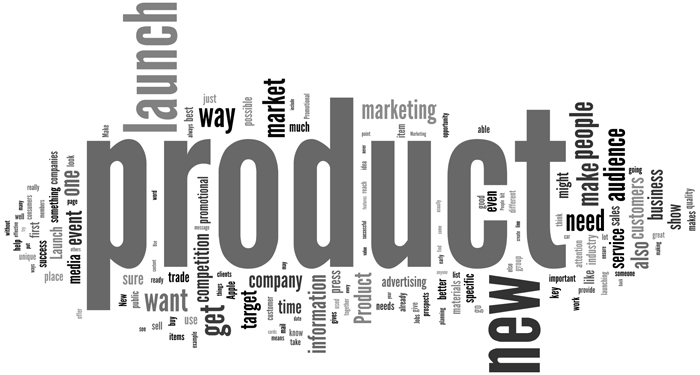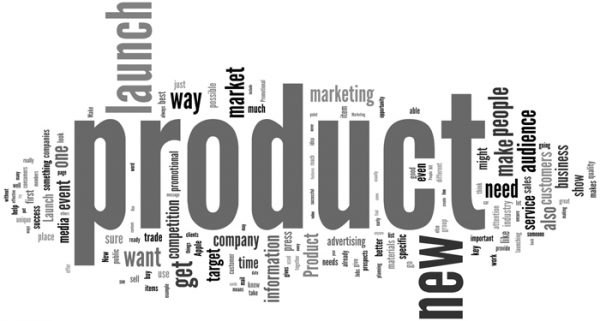You want your customers to clear your products off your shelves within days of stocking up. You dream about clients booking your services until your schedule is stuffed full with them. And you wonder if you’ll ever make this happen for your business.
The truth is, only a fraction of companies are able to hit the heights we’ve just described. Most will just get by with an irregular stream of demand which ebbs more than it flows. If we were to draw a chart ranking businesses relative to their sales turnovers, it’ll probably look like a steep pyramid: the top representing a small number of ventures recording a lot of buys, and the wide bottom pointing to the majority that doesn’t manage to capture their target market’s attention.
But why is this the case?
We can pin it all on the quality of marketing, customer service, and brand image crafting that companies produce. And while it’s true that these are all factors, the buck almost always stops at one thing: the product or service being sold.
If potential clients don’t think your product is the best they can get with their budget, they won’t be giving your offering any special considerations. Even if you try to dress up a not-so-perfect product with shiny salesmanship, there’s always a danger that it’ll all fail at some point.
So, the first thing you should do on the way to swelling your sales is to build a product that your targets will struggle to pass up.
These steps should help you make that product happen.
The Steps to Building an Irresistible Product
1. Ask the Crucial Questions
The road to creating an outstanding product begins with these two questions:
•What problem do you want to solve?
•Who do you want to solve the problem for?
Businesses thrive on customer patronage. Those customers don’t really buy products. They buy solutions to the problems they have. Find out what pressing problems are demanding to be solved.
What social or economic need gaps are you most concerned and passionate about? Is it getting people clothed in brilliant attire? Or building the payment system of the future? What real challenges can you take on and make a profit from solving?
You also have to know and understand who you’re going to be the solving problem for. This will determine what your product will look like and how it will function.
For example, if you’re running a catering business targeting locales in the far north, you’ll be better off selling a delicacy like Miyan Kuka, than you would a dish from the far south (like Banga soup for instance). Perhaps you’ll be able to sell them the latter by doing a lot of aggressive marketing. But why take the risk (and spend so much time in the process) when you can just prime a local meal to perfection and offer it to palettes familiar with it instead?
Look at your potential customer’s pain-points, and ask how you’re going to fix it. Have their personal, cultural, and psychographic preferences in mind as well, as you set out to provide an answer for them.
2. Improve on Available Options
It’s very likely that products designed to solve the problem you’ve identified already exist.
What you should do in such a situation is to build something that’s an improvement on those preexisting options. Examine their strengths, and plan to match them (at the very least). Probe their weaknesses, and capitalize on them with an offering that doesn’t have those flaws.
A lot of industries are dominated by products that started off on this premise. From beverages to automobiles, from sportswear to software, you’ll find examples of how newer, more efficient alternatives sprang up to upset the market status quo and draw customers away from the traditional brands.
Fix people’s problems, and do it better than the others.
3. Make a Prototype. Then Test It
You probably think that the concept of beta testing only applies to tech startups building sophisticated software and testing them out with a select group of people. But the idea behind the concept has been around for as long as we’ve had businesses.
Think about the big clothing outfits which started off after their founders got their tailor-made clothes validated by friends and family. Or the beauty products company which grew out of a student’s makeup side hustle. In these cases, the founders started off small and were encouraged to go full time with their enterprise when they received commendation from people who had used their products or services.
Many products can be taken through this initial testing phase. You should try it for yours if you can.
What other ways can you go about this?
There’s something called A/B testing. It’s basically about making versions of a product and offering them to your target audience. You can make these two versions possess different characteristics that you want to choose between. The product which gets the most positive responses or purchases will have its production scaled up; the other, which doesn’t get much traction will be withdrawn.
4. Adjust Based on Feedback
Take the feedback you get from the testing and compare the opinions expressed with what you’re aiming to achieve. Look at the suggestions and see if there are any ones that come up frequently enough to warrant implementation.
5. Edge Closer to Perfect
Putting out your product or service to the market is only the end of the beginning. If you intend to stay in business with what you’ve produced, you’ll have to do more.
First, there’s marketing. If you want people to know how great your wares are, you’ll need to engage in a good deal of marketing. You can find a good number of tips for that here.
Make sure you have a great brand story ready for when you have to draw in new clients. Make it relatable, appealing to the audience you want to reach, and authentic. There are more tips for doing this here.
You will need to make changes to the product as consumer tastes and preferences evolve. Keep track of what your customers are saying about your brand, and meet them where they are.


